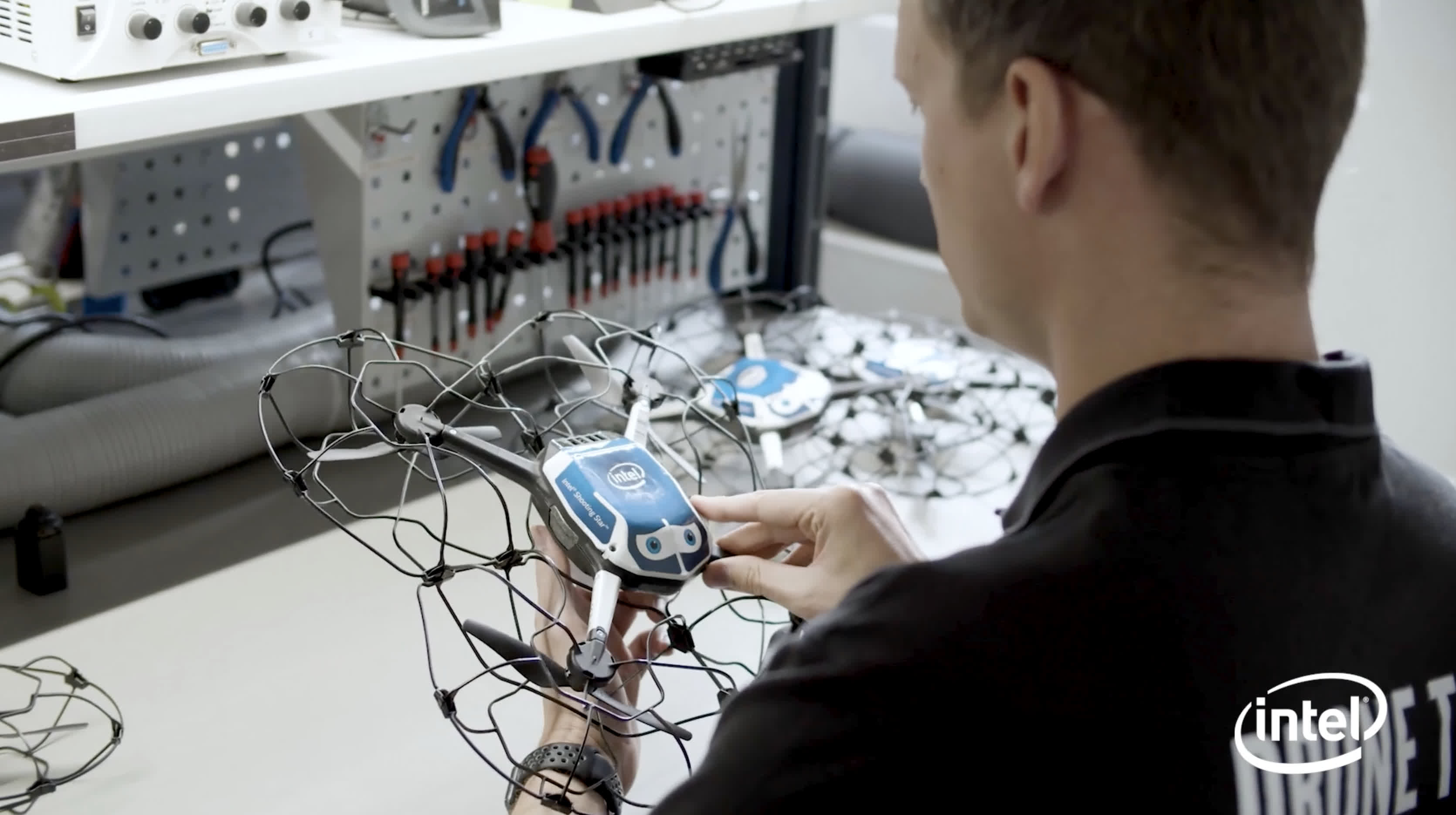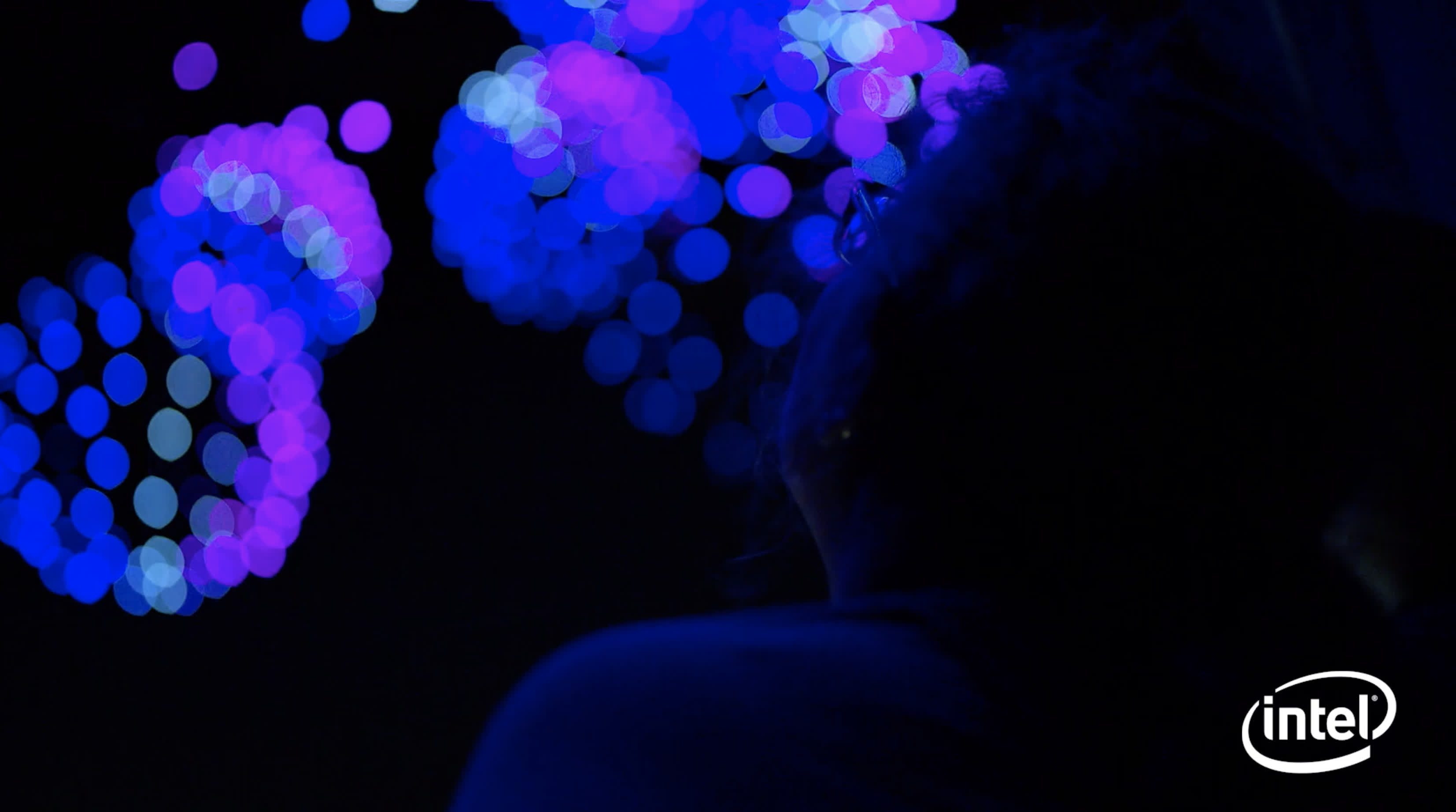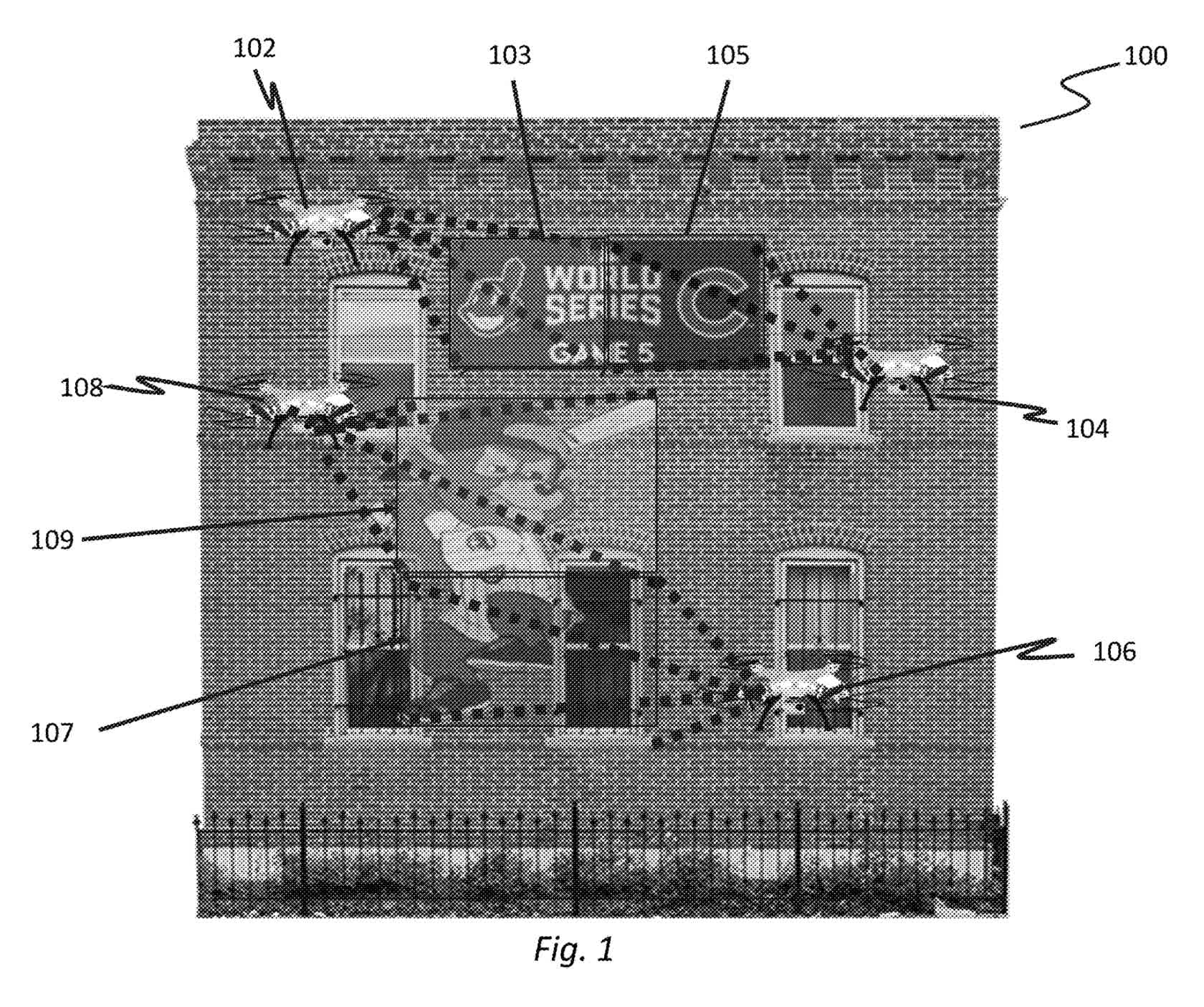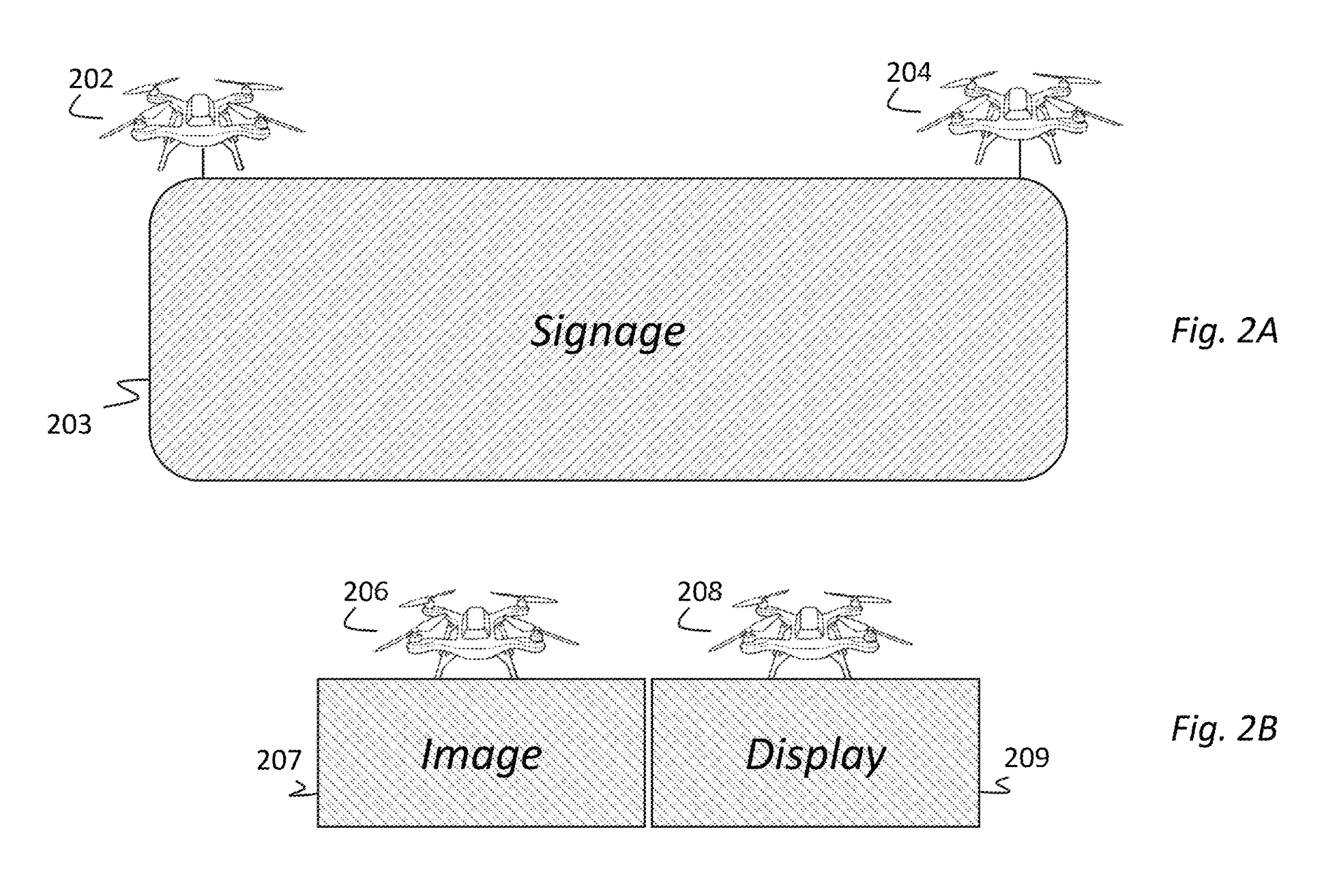
Forward-looking: Drone light shows aren’t something new, but drone-based digital signage could evolve in many ways. As suggested by a recent Intel patent, drones could be used to create mobile billboards that adapt to the environment and their audience. Not everything that gets patented makes it into an actual product or service, but this could one day be a replacement for certain forms of advertising that companies use today.
When Intel isn’t busy rejuvenating its foundry business and battling AMD for the CPU performance crown, the company is exploring various technologies and how they may be used.
For instance, Intel’s research arm has a fascination with drones, which can be used to replace fireworks and create interesting visual spectacles during big events.
Over the past few years, Intel has put out several dazzling light shows using drones, whether it was during its 50th anniversary or Walmart’s Holiday Drone Light Show. More recently, the company used 1,000 drones to build up hype around its Arc Alchemist GPUs, but it has yet to deliver on its promise to ship millions of them to gamers around the world.

Unsurprisingly, Intel has several patents around these, but one in particular dated January 4, 2022 — US Pat. No. 11,217,126 — describes methods and systems for providing “ad hoc digital signage” for either public or private displays. The drone light shows that take minutes during events take months of arduous work on designing the choreography of the drone swarm for the animations it needs to display, finding a suitable location, and testing the deployment on-site to see if it works with an acceptable degree of accuracy.
In essence, Intel’s patent describes ways to make a drone-based billboard of sorts that can be easily moved around and reconfigured on the fly to show various types of ads. The methods involve drones with projection systems and capturing data from a variety of sensors to adjust to the audience and even move along with it as necessary.

For situations where space is at a premium, drones would scan the geometry of the environment and adjust the projection size to fit a smaller area. For areas where larger projections are possible, multiple drones could work together to compose a seamless digital signage, and one would act as a helper to adjust the viewing angle of the projection and gauge the audience’s interest level.
If the signage isn’t drawing attention, the directing drone could change the content being displayed by the other units.

The projection surface could also be ad hoc, in that a drone swarm could split into two groups — one to roll down a canvas and one to project onto it. There are even details about a spatial audio system for video ads and ways to adjust the content to an audience’s mood and general interests.
If this sounds crazy, it was only a few years ago that a Russian startup called StartRocket thought about using satellites to illuminate the night sky with ads. Still, none of this beats the weird factor of “moonvertising” — the idea of using robots to draw advertisements on the surface of the Moon.

Luckily, even Intel’s relatively earthly idea of drone-based advertising exposed in the patent has yet to materialize into an actual service. As of writing, the company is offering drone light shows that cost anywhere from $99,000 to $299,000, as well as custom plans for large projects involving thousands of drones.
These drone light shows are marketed as an alternative to fireworks, as they’re supposedly safer, cleaner, quieter, and more environmentally friendly.